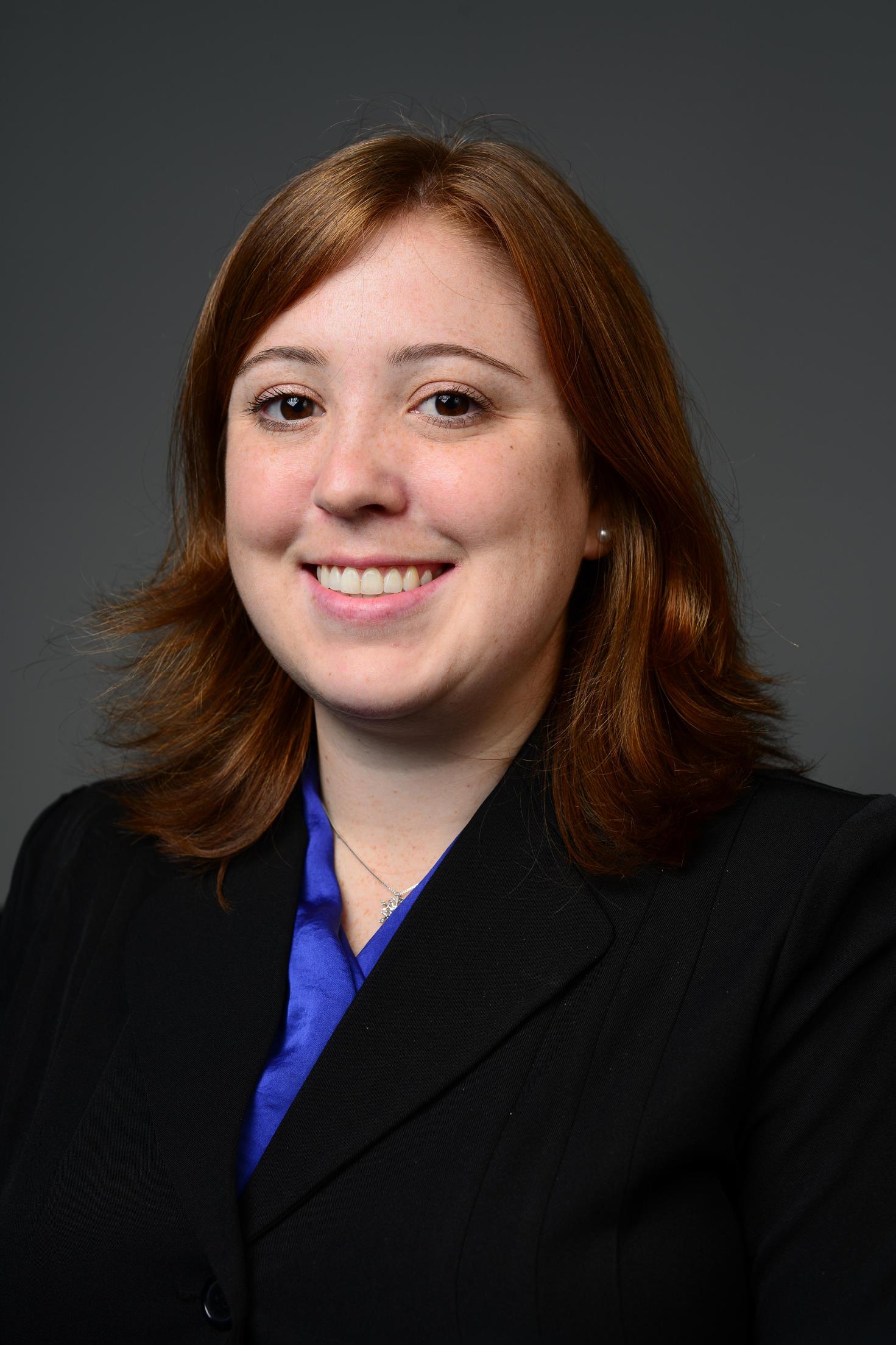Hear from the CWEA Engineering and Research award winners on their projects that won first place this year.
In 2019, the City of Paso Robles completed two projects at its wastewater treatment plant. One added tertiary treatment – equivalent to building a new plant at the existing site – to produce a new and sustainable water supply for the City to use for irrigation at local parks and golf courses. The other added a system to harvest nutrients from the city’s wastewater – the first of its kind in California – to protect water quality in the Salinas River and produce a commercial-grade fertilizer the City can eventually sell to generate revenue.
These projects followed the city’s 2014 recycled water master plan plus other major upgrades to the plant completed in 2015. All told, they showcase a sustainable approach to wastewater anagement and cost-effective solutions that may be applied in water-scarce communities across California and the U.S.
Traditionally, nitrogen removal during wastewater treatment is achieved via nitrification/denitrification (NDN). Deammonification is an alternative pathway that can achieve the same with substantially lower carbon and aeration demands. The carbon saved would either reduce the facility’s chemical demand or allow additional influent carbon to be directed to anaerobic digestion for energy recovery.
Combined, these benefits would reduce the facility’s operating cost and carbon footprint, while increasing its revenue stream – a win-win proposition for the treatment facility, its rate-payers, and the environment. While use of deammonification technologies for treating sidestreams (e.g., centrate) have matured in recent years, its application for treating mainstreams have remained challenging. Kruger developed an innovative mainstream deammonification system based on the IFAS (integrated fixed film activated sludge) variant of its ANITA-Mox technology.
Los Angeles County Sanitation Districts (LACSD) and Kruger partnered to evaluate the technology at pilot-scale at the Joint Water Pollution Control Plant (JWPCP) in Carson, CA. The study’s findings suggest that the technology is promising – tune into the presentation if you’d like to hear more!
Speakers:
Kaitie Zusy, Civil Engineer, Water, Black & Veatch

Kaitie has been working at Black and Veatch for eight years. She graduated from UC Irvine in 2011 with a Bachelor’s Degree in Civil Engineering. She has worked on the design and construction for various wastewater treatment plants, recycled water treatment plants, drinking water treatment plants and pump stations. She is currently on the CWEA San Francisco Bay Section Board and active in her local CWEA section. Outside of work she loves skiing (cross country & downhill), hiking, backpacking, camping, hanging out with friends, softball, and reading.
Matt Thompson, Wastewater Manager, City of Paso Robles
Research Achievement of the Year:
Sanitation Districts of Los Angeles County “Pilot-Scale Evaluation of ANITA Mox for Mainstream Deammonification and Phosphorous Removal”
Traditionally, nitrogen removal during wastewater treatment is achieved via nitrification/denitrification (NDN). Deammonification is an alternative pathway that can achieve the same with substantially lower carbon and aeration demands. The carbon saved would either reduce the facility’s chemical demand or allow additional influent carbon to be directed to anaerobic digestion for energy recovery. Combined, these benefits would reduce the facility’s operating cost and carbon footprint, while increasing its revenue stream – a win-win proposition for the treatment facility, its rate-payers, and the environment.
While use of deammonification technologies for treating sidestreams (e.g., centrate) have matured in recent years, its application for treating mainstreams have remained challenging. Kruger developed an innovative mainstream deammonification system based on the IFAS (integrated fixed film activated sludge) variant of its ANITA-Mox technology. Los Angeles County Sanitation Districts (LACSD) and Kruger partnered to evaluate the technology at pilot-scale at the Joint Water Pollution Control Plant (JWPCP) in Carson, CA. The study’s findings suggest that the technology is promising – tune into the presentation if you’d like to hear more!
Speakers:
Michael Liu, Supervising Engineer, Los Angeles County Sanitation Districts

Michael Liu is currently a supervisor of the wastewater research group for the Los Angeles County Sanitation Districts (LACSD). He received a B.S. in Civil Engineering from UC Berkeley and a M.S. in Civil and Environmental Engineering from Stanford University, and is a licensed civil engineer in the State of California. He has been working as a research engineer for LACSD for the last 14 years, with expertise in biological treatment, particularly on nitrogen and phosphorus removal processes.
Moderator:
Bryan Trussell, Trussell Technologies